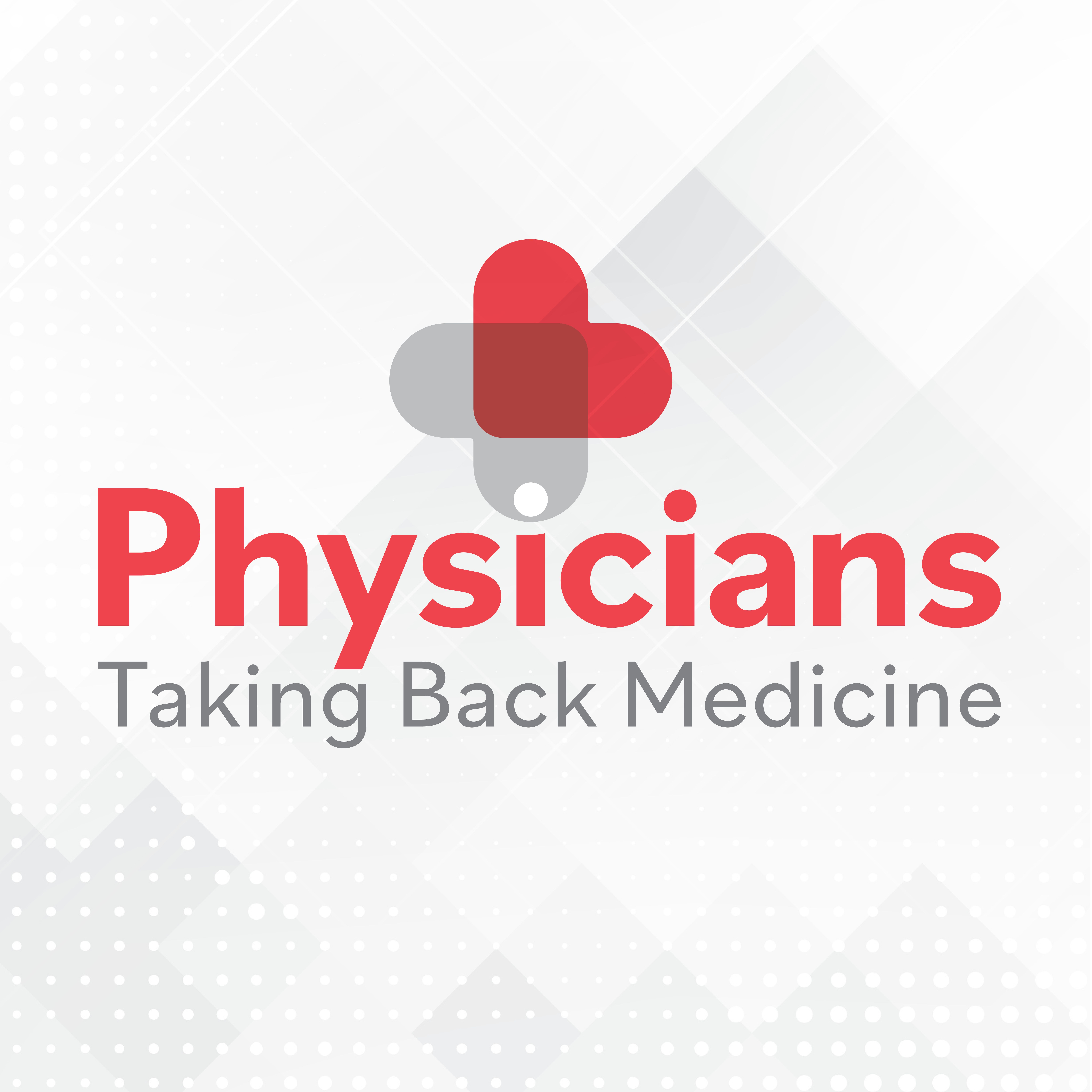News
Article
New ‘Impact Wellbeing’ aims to spark change in workplace conditions that lead to burnout
Author(s):
Dr. Lorna Breen Heroes’ Foundation, NIOSH collaborate on principles and action steps for health care systems.
© NIOSH/Dr. Lorna Breen Heroes' Foundation

A new resource is available for physicians, other clinicians and health care administrators who want to combat burnout by improving workplace conditions in health care.
The Dr. Lorna Breen Heroes’ Foundation and the National Institute for Occupational Safety and Health (NIOSH) this week announced the new “Impact Wellbeing Guide: Taking Action to Improve Healthare Worker Wellbeing.” It is a free online plan with six action steps for health care leaders to begin changing workplace conditions that contribute to burnout for physicians and other clinicians.
“It's really exciting for this guide to be released and out in the world,” said Stefanie Simmons, MD, FACEP, chief medical officer for the Dr. Lorna Breen Heroes’ Foundation.
The program was tested in six hospitals of the CommonSpirit Health system around the United States. Now it is intended to help organizations start and accelerate their efforts to improve professional well-being, Simmons told Medical Economics.
“We know through our pilot that it made a difference in the organizations where we piloted it,” she said. “It really helped lay the ground for deeper and more extensive work, and also helped leaders start to talk about professional well-being, which can sometimes be an uncomfortable topic.
“It can feel like, when you're a leader trying to address professional being, that you're being asked to fix the American health care system, and, like any given Thursday afternoon, that can feel like a daunting task,” Simmons said. “But what this guide does, is it gives you the first couple of bites. Here's how you start. Here's how you gain momentum. Here are things you can do that are actionable with the resources you have, that will make a difference for your team.”
While the guide mentions hospitals, Simmons said it can apply to all health care settings, including smaller and medium-sized physician practices. For example, any size organization can use the steps to examine their current professional well-being actions, integrate physicians and other team members in decision-making, and examining whether their credentialing systems include questions about mental health care or treatment that may discourage health care workers from seeking it when needed.
The guide integrates two principles and six action steps for health care organizations.
- Use a systems approach. Efforts should focus on operational improvements, going beyond encouraging self-care and individual resilience.
- Build trust. Two-way communication and staff involvement in decisions are necessary.
The six steps are:
- Review the hospital’s or organization’s operations.
- Build a professional well-being team.
- Break down barriers for seeking help.
- Communicate the commitment to professional well-being.
- Integrate well-being into quality improvements
- Develop a long-term professional well-being plan.
NIOSH, a division of the U.S. Centers for Disease Control and Prevention, plans a webinar series starting in late April 2024 to explain how to use each section of the guide. The goal is for participating hospitals to start implementing the steps immediately, according to the NIOSH news release.
The program was paid for by the COVID-19 American Rescue Plan Act of 2021 and builds on the Dr. Lorna Breen Health Care Provider Protection Act of 2022.
The test hospitals using the plan from July to December 2023 were CommonSpirit Health CHI St. Vincent Infirmary, CHI St. Vincent Hot Springs, CHI Saint Joseph Hospital, CHI Health-Creighton University Medical Center-Bergan Mercy, CHI Health Mercy Council Bluffs, and CHI Health Lakeside.
“As we navigate the challenges of health care, prioritizing the well-being of our health care workforce is always a priority,” Paul Raines, System SVP Behavioral Health at CommonSpirit Health, said in a news release. “Through the pilot program, this Guide has acted as a catalyst, allowing these six hospitals to effectively and efficiently accelerate the existing tools and resources we have developed as a health care system. The Guide is an important component as we seek to ensure that hospital leaders have the right tools to provide a supportive environment for the healthcare workers who take such good care of our communities.”





